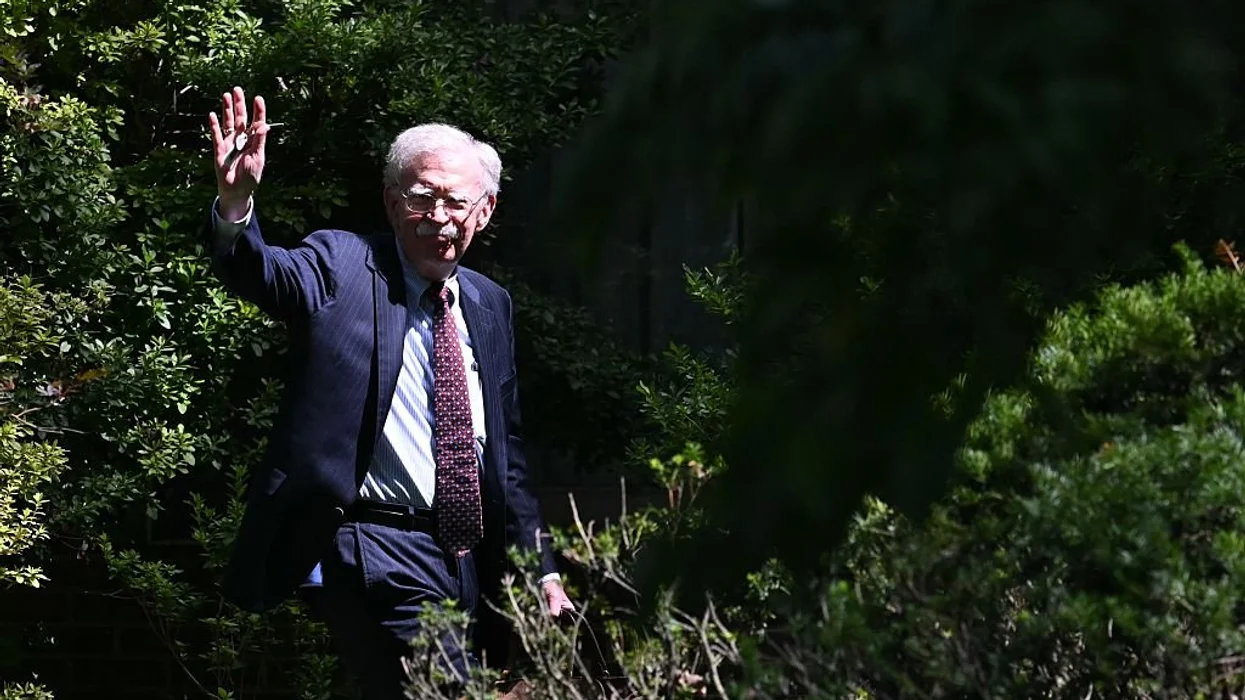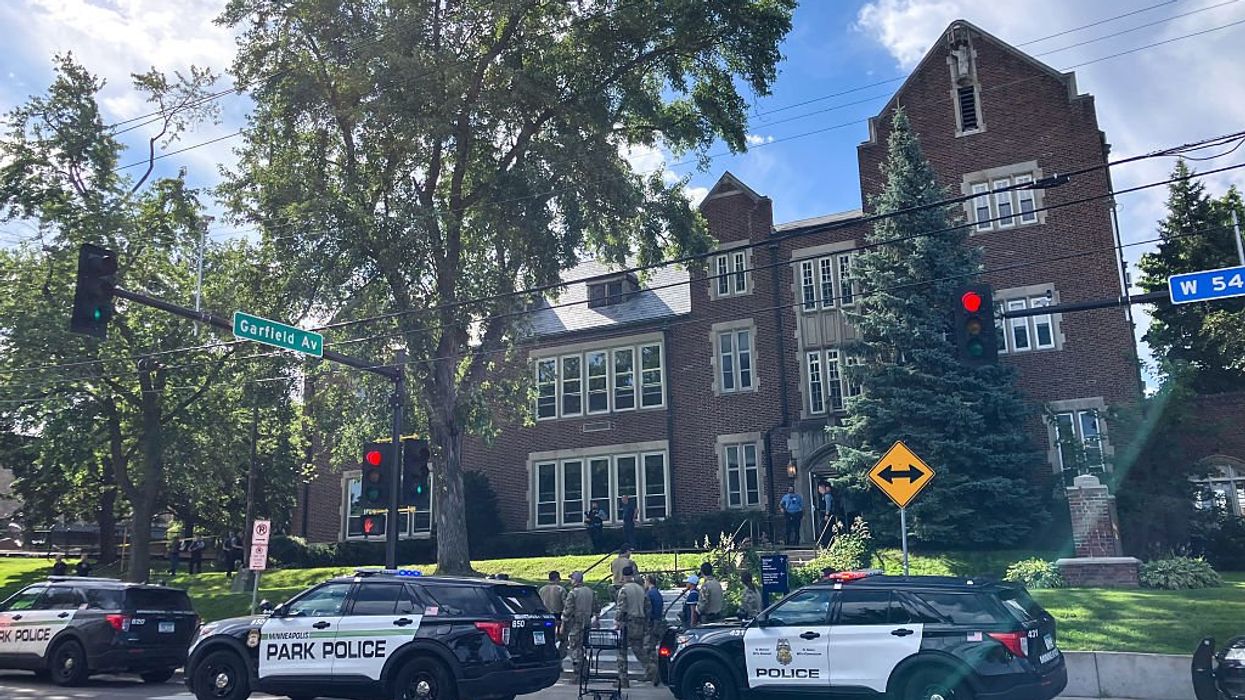U.S. taxpayers could pay $1 billion by the end of the year to bail out insurance companies taking a loss from providing Obamacare-compliant plans, and President Barack Obama's most trusted adviser helped cut the deal, according to a report from the House Oversight and Government Reform Committee released Monday.
 President Barack Obama walks with senior adviser Valerie Jarrett as he leaves a fundraising event in Los Altos Hills, Calif. (AP Photo)
President Barack Obama walks with senior adviser Valerie Jarrett as he leaves a fundraising event in Los Altos Hills, Calif. (AP Photo)
Senior White House adviser Valerie Jarrett contacted insurance company executives after CEOs warned they might have to dramatically increase premiums and needed the Obamacare risk corridor program provide assistance.
“Documents show that Ms. Jarrett took the warnings of the insurance companies very seriously and indicated that the administration had given insurers 80 percent of what they sought. Insurers were not satisfied with the administration’s first change and lobbied for additional protection,” the committee report states. “In May 2014, the administration delivered to insurers, modifying the risk corridor payment formula to increase the size of the bailout insurers could expect to receive.”
The administration announced in March its plan to implement the risk corridor program in a budget-neutral way — but Care First Blue Cross Blue Shield CEO Chet Burrell warned that the budget neutral proposal would mean insurers would have “to increase rates substantially."
Jarrett wrote Burrell that “the policy team is aggressively pursuing options.”
In an April 4 email, Burrell wrote Jarrett: “I want to bring to your attention a brewing issue that will negatively impact upcoming ACA premium rates – any chance for a brief conversation?” The e-mail continued, “I am only trying to give a ‘heads-up’ notice on an issue that could produce an unwelcome surprise.” According to the report, Jarrett and Burrell had a phone conversation.
In a May 2014 final regulation, the administration further increased the amount of federal money that would compensate insurance companies.
Several insurance companies, including Care First Blue Cross Blue Shield, underpriced their exchange plans in 2014 because of their expectation of a taxpayer bailout through the risk corridor program, according to the report.
The Affordable Care Act, better known as Obamacare, contained a provision in the law that would buttress insurance companies suffering a loss from selling Obamacare-compliant insurance plans through taxpayer dollars. Risk corridors are designed as a rescue mechanism for insurers by picking up 80 percent of the claims between $45,000 and $250,000.
A Congressional Budget Office report in February predicted that the risk corridors could provide a net $8 billion return to taxpayers. After that request, the committee sent requests to insurance companies requesting their projections from payments through the risk corridor.
The committee found 12 of 15 insurance companies that responded expect to receive risk corridor payments to cover their expected losses on ObamaCare-compliant plans.
The committee estimates the bailout will cost between $725 million and $1 billion this year. Further, the report says estimates grow by a third from October 2013 to May 2014.
The Obama administration has taken steps to delay aspects of the law such as the employer mandate, and to prevent likely premium increases as the 2014 midterm congressional elections approach.

 President Barack Obama walks with senior adviser Valerie Jarrett as he leaves a fundraising event in Los Altos Hills, Calif. (AP Photo)
President Barack Obama walks with senior adviser Valerie Jarrett as he leaves a fundraising event in Los Altos Hills, Calif. (AP Photo)





